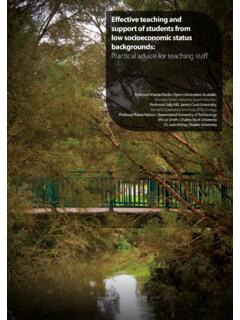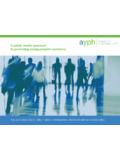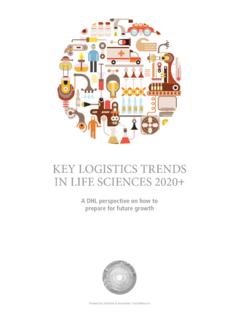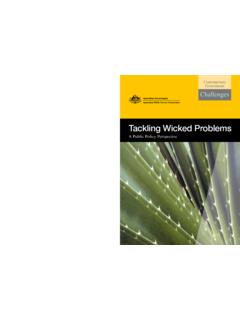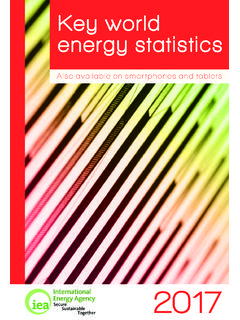Transcription of Effective teaching and support of students from low ...
1 Effective teaching and support of students fromlow socioeconomic status backgrounds: practical advice for institutional policy makers and leadersProfessor Marcia Devlin, Open Universities Australia, formerly Deakin University (Lead Institution)Professor Sally Kift, James Cook University, formerly Queensland University of TechnologyProfessor Karen Nelson, Queensland University of TechnologyMs Liz Smith, Charles Sturt UniversityDr Jade McKay, Deakin UniversitySupport for the production of this report/publication has been provided by the Australian Government Office for Learning and teaching . The views expressed in this report/publication/activity do not necessarily reflect the views of the Australian Government Office for Learning and the exception of the Commonwealth Coat of Arms, and where otherwise noted, all material presented in this document is provided under a Creative Commons Attribution Australia licence ( ).
2 The details of the relevant licence conditions are available on the Creative Commons website (accessible using the links provided) as is the full legal code for the CC BY AU licence ( ).Requests and inquiries concerning these rights should be addressed to:Office for Learning and teaching Department of Industry, Innovation, Science, Research and Tertiary EducationGPO Box 9880, Location code N255EL10 Sydney NSW 2001 978 1 922125 55 2 (Print)ISBN 978 1 922125 56 9 (Screen)Table of ContentsAbout this guide 1 Bridging sociocultural incongruity 1An empathic institutional context 2 Key advice for policy makers and leaders 31.
3 Enable inclusive curriculum and assessment design 42. Promote engagement with, and support from, others 93. Encourage help-seeking by students 134. Minimise financial challenges for students 185. Resource and support teachers of LSES students 22 Project methodology 25 References 26 Effective teaching and support of students from low socioeconomic status backgrounds.
4 practical advice for institutional policy makers and leaders1 About this guideThis resource has been developed as part of a national research project, Effective teaching and support of students from low socioeconomic status backgrounds: Resources for Australian higher education < >. This guide provides practical advice about the teaching characteristics and strategies that contribute to the success of students from low socioeconomic status (LSES) and about the ways in which student agency may be enabled. This raises the question of how to identify LSES students . While it is necessary to identify students from LSES backgrounds at a policy level, and perhaps for measuring performance and allocating funds, it is very difficult, and potentially undesirable, to target students from LSES backgrounds individually for teaching and learning or support purposes.
5 Good practice in teaching and supporting LSES students benefits all students . This guide has been prepared with this in guide is not intended as a manual for teaching LSES students , nor is it prescriptive about how the advice it offers might be implemented. Instead, it offers general, practical advice that has emerged from relevant literature in the field, 26 interviews with academic and professional staff in six universities experienced in the Effective teaching and support of LSES students , and 89 interviews with successful LSES students in three universities about what helped them succeed.
6 The guide draws on the voices of staff and students and through sharing their views offers broad advice in five areas of teaching that may be of assistance to busy teaching staff. We recommend considering the advice and suggestions in this guide within the context of your discipline and sociocultural incongruityThe project assumes that LSES students are as varied as any other cohort of students and is wary of stereotyping. As part of that way of thinking about these students , the project has developed a distinctive conceptual framework that avoids adopting either a deficit conception of students from LSES backgrounds or a deficit conception of the institutions in which they study.
7 Rather than being the primary responsibility of solely the student or the institution to change to ensure LSES student success, we argue that the adjustments would be most usefully conceptualised as a joint venture toward bridging sociocultural incongruity. The notion of sociocultural incongruence is adopted as a way of conceptualising the differences in cultural and social capital between students from low socioeconomic status backgrounds and the high socioeconomic institutions in which they study. The polarised deficit conceptions commonly resorted to for students and institutions, and the conception of sociocultural incongruence, which challenges these perceived deficits, are outlined first deficit conception: students are the problemThe suggestion that university success is primarily the responsibility of individual students can presuppose a level playing field in relation to sociocultural and background characteristics.
8 It can be seductive to think that if non-traditional students are clever enough, or try hard enough, or persevere enough, or believe enough in their own ability, they can engineer their success at university. Devlin (2011) suggests the tacit expectations inherent in university practices are within a sociocultural subset that is peculiar to the upper socioeconomic levels. Unless these implicit expectations are made explicit, they may operate to exclude students from low socioeconomic status who are not familiar with the norms and discourses of universities. 2 Effective teaching and support of students from low socioeconomic status backgrounds: practical advice for institutional policy makers and leadersThe second deficit conception: institutions are the problemThe other conceptual frame is to problematise the institutions that are responsible for the success and progress of students from low socioeconomic status backgrounds.
9 Some suggest that rather than requiring students to fit the existing institutional culture, institutional cultures should be adapted to better fit the needs of an increasingly diverse student body (Zepke and Leach, 2005). Other authors suggest that: there are situational and dispositional barriers created by institutional inflexibility (Billingham, 2009) .. the role of the educational institution itself in creating and perpetuating inequalities should be taken into account (Tett, 2004, p. 252) it is unfair to expect the burden of change to fall solely on the students and institutions should make changes (Bamber and Tett, 2001), and universities should make changes in terms of heralding the expectations they have of students (James, Krause and Jenkins, 2010).
10 Devlin (2010) argues that to genuinely contribute to the success and achievement of non-traditional students , universities need to do much more than to spell out their expectations for student involvement in learning. The sociocultural conception: incongruence must be bridgedThe project proposes a conceptual framework of sociocultural incongruence to describe the circumstances in which students from low socioeconomic status attempt to engage with the particular sociocultural discourses, tacit expectations and norms of higher education. Murphy s (2009) UK study of factors affecting the progress, achievement and outcomes of new students to a particular degree program found a number of characteristics specific to the institution and to individual students that promote progression and achievement.
